Table Of Contents
You step into the weight room in the gym; what do you see? Everyone is doing the rear delt fly – a go-to move for sculpting and strengthening the often overlooked rear deltoid muscles. It’s simple enough to do both in the gym and at home, but the results will blow up your deltoids.
Should you just hit the gym and start doing those rear delt flyes to see results in one month? Well, no. Without good form, rear delt flyes won’t do much for your deltoids and can even lead to injury. First, you need to master this exercise and perfect the movement, and we’re here to help.
How to Hit Rear Delts and Why You Should Do It
We’re here telling you to make the rear delt fly your to-go exercise, but why? How is it any different from other weightlifting exercises that target your shoulders? Well, here are the incredible benefits of a rear delt fly when done right:
Also, read – Does Eating Rice Crispy Before Workout Really Help?
Rear Delt Fly Benefits
Enhanced Posture
A sedentary lifestyle and desk jobs aren’t good for your posture and back health, leaving your back begging for some attention. Listen to your body and give it what it needs – a rear delt fly exercise! Say goodbye to slouching and worrying about how your back looks; your upper back will be strong, sculpted, and tightened when you incorporate the rear delt fly into your routine.
Strong Shoulders
Many shoulder exercises focus on the front and lateral deltoids, while the rear delt fly targets your posterior deltoids. As a result, your shoulders become stronger and ready to take on more challenging exercises like overhead press, barbell bench press, and the deadlift.
Aesthetic Rewards
Want to see a new you in the mirror and improve your looks? You’ve chosen the right exercise for it. A rear delt fly will help you build muscle symmetry – a key aspect of an appealing physique and balanced body.
How to Do The Rear Delt Fly
Equipment
You’ll need a pair of dumbbells of your choice – that’s it!
Setup
Stand tall with your feet shoulder-width apart. Hinge at your waist, keeping your back almost parallel to the floor.
Action
Hold the dumbbells in your arms, slightly bend them, and contract your rear deltoids to bring the weight up and out.
Next, slowly bring your arms back to the initial position.
Keep your core tight and repeat the moves! You’ve got this!
Tips
When doing this exercise, aim to complete 3-4 sets of 8-12 reps. Challenge yourself as you get stronger and more comfortable with the movement by increasing the weight of the dumbbells.
How to Properly Use the Rear Delt Fly Machine
If you don’t have dumbbells or want to make this exercise more challenging, meet the rear delt fly machine! You’ve probably seen it a thousand times when you entered the gym – it’s an excellent way for fitness newbies to start their rear delt flyes journey in the safest way possible.
But, how do you use the rear delt fly machine if you’re new to the gym? Here’s how:
Equipment
A rear delt fly machine, obviously!
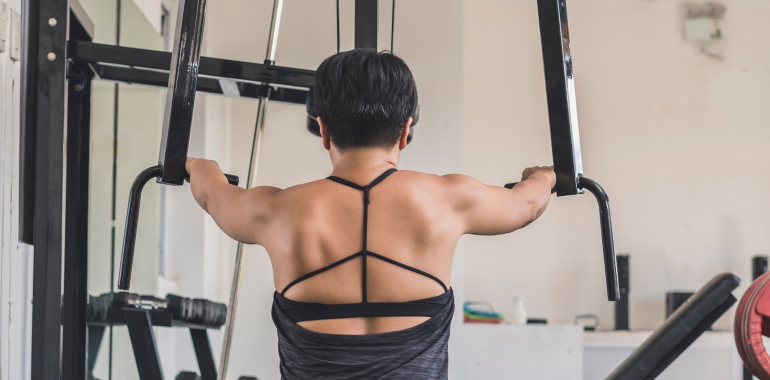
Setup
Sit on the pad, face the machine, and plant your feet on the ground. Press your chest against the chest pad and straighten your back. Now, grab the horizontal handles and very slightly bend your elbows for comfort.
Action
Contract your rear deltoids and bring the handles back until they align with your shoulders. Squeeze the rear deltoids and really try to feel the muscles contracting before returning to the starting position.
Tips
The number of sets and reps on the machine remains the same: 3-4 sets of 8-12 reps.
Rear Delt Fly Muscles Worked
The rear delt fly exercise targets your rear delts, the back side of your deltoids which are separated into the anterior, lateral, and posterior segments.
It also engages the upper back muscles, trapezius and rhomboids, and the rotator cuff muscles. Moreover, the rear delt fly stabilizes your shoulder and back muscles when done correctly.
All of these muscles work together in synergy to help you perform the rear delt fly and improve your strength, stability, and posture.
Rear Delts Exercises
Enough with the theory – let’s move on to practice. There’s a bunch of rear delt exercises to try out, both at home and in a gym, so why wait? Let’s strengthen those shoulders and arms, improve your posture, and bring you closer to your fitness goals.
Seated Rear Delt Raise
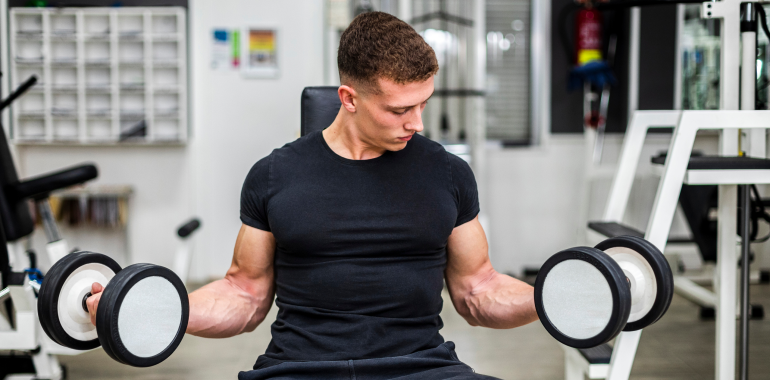
Form: First things first, grab a pair of dumbbells and take a seat, preferably on a bench. Now, lean forward slightly – think of it as bowing to your awesomeness in the mirror. Keep that back straight, though; we’re not looking for any hunchbacks here. With a dumbbell in each hand, let your arms hang down at your sides, palms facing each other. Lift those weights out to the sides, keeping a slight bend in your elbows, almost like you’re showing off your incredible wingspan. Then, lower them back down.
Benefits: Not only does it make your shoulders look fab in tank tops, but it also strengthens those often-neglected rear delts and upper back muscles. This is super important for balancing out all that work we do on the front of our bodies (hello, computer posture). Plus, if you’re going for that V-taper look, this exercise will really help with getting there.
Mindset: When doing your seated rear delt raises, think of it as a mini meditation session. Focus on the movement and how it feels – this is your time to connect with your body and show it some love. Imagine each rep as a step towards stronger, more balanced shoulders. Visualize your muscles working and growing stronger with each lift.
Power through the challenge and celebrate every small milestone, being grateful to yourself for giving your body exactly what it needs.
Also, read – How To Start Working Out Again
Band Pull-Aparts Shoulder Fly
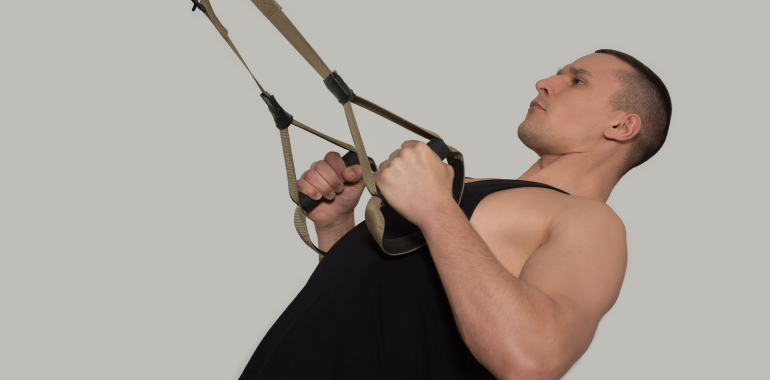
Form: Start by holding a resistance band with both hands in front of you at chest level. Your hands should be slightly wider than shoulder-width apart, and the band should have some tension even in the starting position. Keeping your arms straight, pull the band apart by moving your arms out to your sides. Continue to pull until the band touches your chest, then slowly return to the starting position.
Keep your shoulders down and back throughout the exercise to avoid shrugging or rounding, which can diminish the effectiveness of the movement.
Benefits: Apart from rear delts, this one also targets your upper back muscles – a building block of great posture and aligned shoulders. If you’ve been struggling with shoulder pain, this exercise will get rid of it, improving functional movement patterns.
Mindset: Feel the burn? Imagine there’s a pencil between your shoulder blades, and you’re trying to squeeze it as you pull the band apart. This mental imagery helps ensure you’re engaging the correct muscles and maintaining proper form. Focus on your mind-body connection, and feel the strength in your arms and shoulders.
Cable Rear Delt Fly
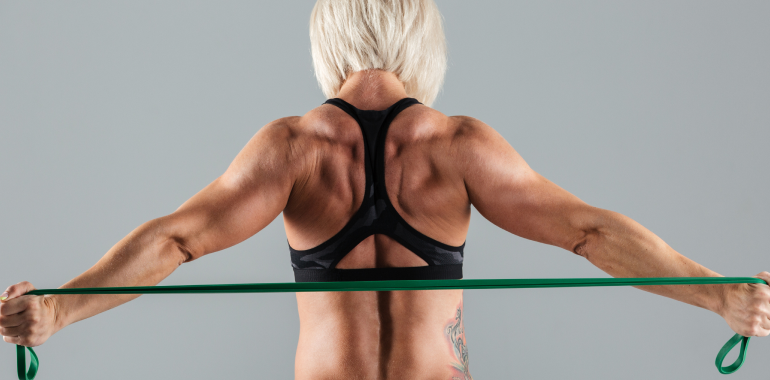
Form: For this exercise, you will need a cable machine with handle attachments. Plant your feet on the ground firmly, engage your core, and straighten your back.
Set the handles of the cable machine above your head and grab the left handle with your right hand and vice versa. Stand in the center of the cable machine and step back a bit to create some tension.
Now, with your core tight, contract your rear delts and bring your arms backward. Slowly bring the arms back to the starting position and repeat!
Benefits: Cable exercises are a great way to provide constant tension throughout the entire exercise, activating your muscles even more. Moreover, you can adjust the resistance as you feel progress and make this exercise more challenging.
Mindset: Your cable machine should be an ally on the path to stronger rear delts. With each pull, you become stronger, and your physique is more defined.
Dumbbell Rear Delt Fly
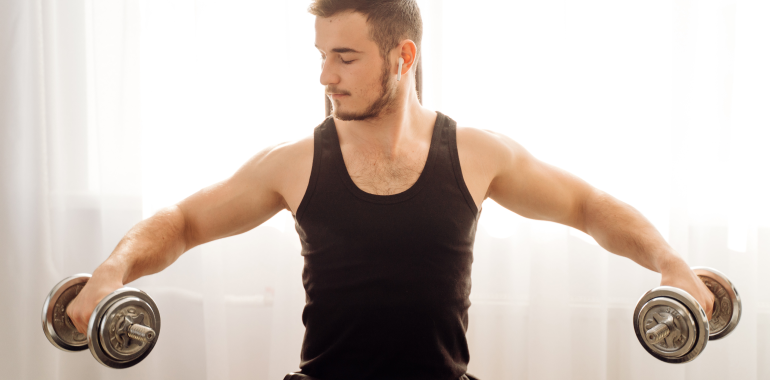
Form: To perform these rear delt exercises dumbbell movements, plant your feet firmly on the ground, shoulder-width apart. Now, hinge at the waist, keeping your back almost parallel to the floor.
Bend the arms just slightly and bring the weight up and out to your sides, squeezing your shoulder blades together. Lower the dumbbells back down with control to the starting position. Repeat for 3-4 sets of 12-15 reps.
Benefits: These exercises specifically target your rear deltoids, helping to balance out the shoulders, improve posture, and reduce the risk of shoulder injuries.
Mindset: Remember that every pro starts as a newbie – let this exercise be your ticket to a new fitness journey that brings you closer to your goals. Focus on the mind-muscle connection, breathe deeply, and be proud of yourself for taking the time to work on your rear delts – a foundation of a strong spine.
Bent Over Fly With Water Bottles at Home
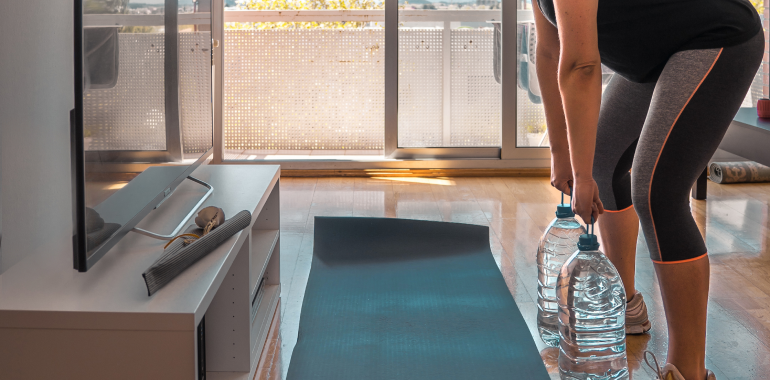
Form: Don’t have dumbbells? Not a problem! Grab two water bottles, and let’s go! Stand with your feet shoulder-width apart and hold a water bottle in each hand. Hinge at the hips, bend forward until your torso is parallel to the floor, and engage your core.
Perform a classic rear delt fly but with water bottles, focusing on squeezing your shoulders and engaging your muscles.
Benefits: Using water bottles is both convenient and effective; dumbbells are not something everyone has in their house, so using bottles allows you to perform rear delt flyes anytime!
Mindset: Focus on making the most out of your home equipment! Water is not only great for hydration, but for building your muscles, too! Make your room a workout space and take advantage of the opportunity to strengthen your shoulders in the comfort of your own space.
Also, read – Full Overview of 75 Hard Challenge Diet Plan
High Cable Rear Delt Fly (An Advanced Version)

Form: Adjust the cable machine so that the pulleys are set to the highest position. Stand in the middle between the two pulleys, feet shoulder-width apart, and bend your knees slightly. Grasp the handles with a crossed overhand grip and step towards them, creating tension in your muscles. Perform a regular cable rear delt fly, repeating the movements and engaging your core.
Advanced Challenge: To make this exercise more challenging, incorporate high cable rear delt fly alternatives such as an isometric hold at the peak of the movement. Hold for 2-3 seconds before returning to the starting position. You can also increase the weight of the cable machine.
Benefits: The high cable position gives you more leverage and allows you to activate different muscles in your back to provide a more intense and effective workout for these muscle groups.
Mindset: Don’t let the word “advanced” scare you! Approach this exercise with confidence and determination, pushing yourself to new limits and exceeding your expectations.
Back Fly Exercise
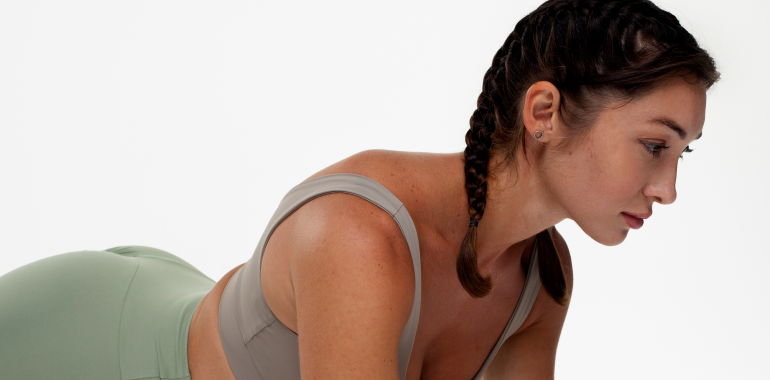
Form: Lie face down on an inclined bench and let your arms hang straight down. Lift the dumbbells (or water bottles) out to the sides and focus on squeezing your shoulder blades together at the very top of the movement. Move the arms back to the starting position with control.
Benefits: This exercise targets the rear delts and upper back muscles, promoting balanced shoulder development and improved posture.
Mindset: Stay focused and determined during these rear delt workouts – you can do this! Let the bench support you and your back, and notice how your arms and shoulders become stronger and stronger with each rep!
Chest Supported Rear Delt Fly
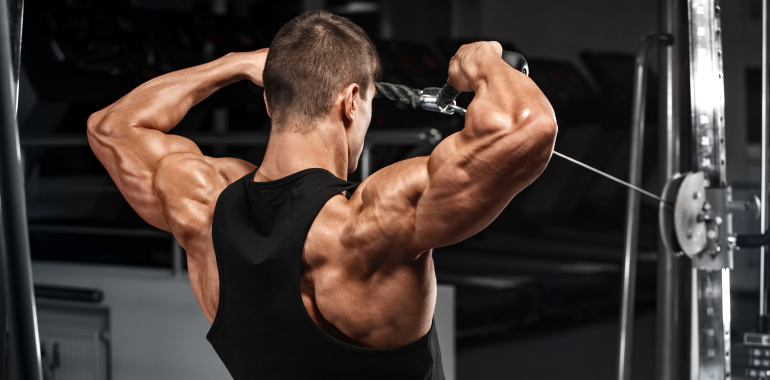
Form: Sit down on a rear delt machine facing it and place your chest against the backrest, then grab the handles. Pull the handles back to shoulder level, keeping your elbows high and arms parallel to the floor. Return to the starting position and repeat.
Benefits: Supporting your chest during the exercise helps minimize the involvement of other muscle groups and targets the rear delt directly.
Mindset: Embrace the support provided by the machine, allowing you to fully concentrate on building your rear delt muscles without worrying about stabilizing your body.
Wrapping Up
Ready to feel the burn in your deltoids and transform your shoulders and upper back in ways you never thought possible? Time to do the rear delt fly exercise! Whether in a gym or in the comfort of your own home, this effective exercise is an excellent choice for great posture and sculpted shoulders.
From classic dumbbell rear delt flyes to advanced variations, there’s plenty of room to experiment with new ways to challenge yourself and elevate your fitness game. Stay consistent, be confident in yourself, and approach this exercise with determination, celebrating every small victory.
Whether you’re a newbie to this exercise or a gym pro, there’s something for everyone in their rear delt fly journey. Let’s set those deltoids on fire and unleash your full potential!
Alex is a health sciences writer with experience in sports performance and rehabilitation settings. His areas of expertise include health and fitness, sports nutrition, and injury prevention. He is passionate about health science education and health/wellness optimization for people of all ages.









